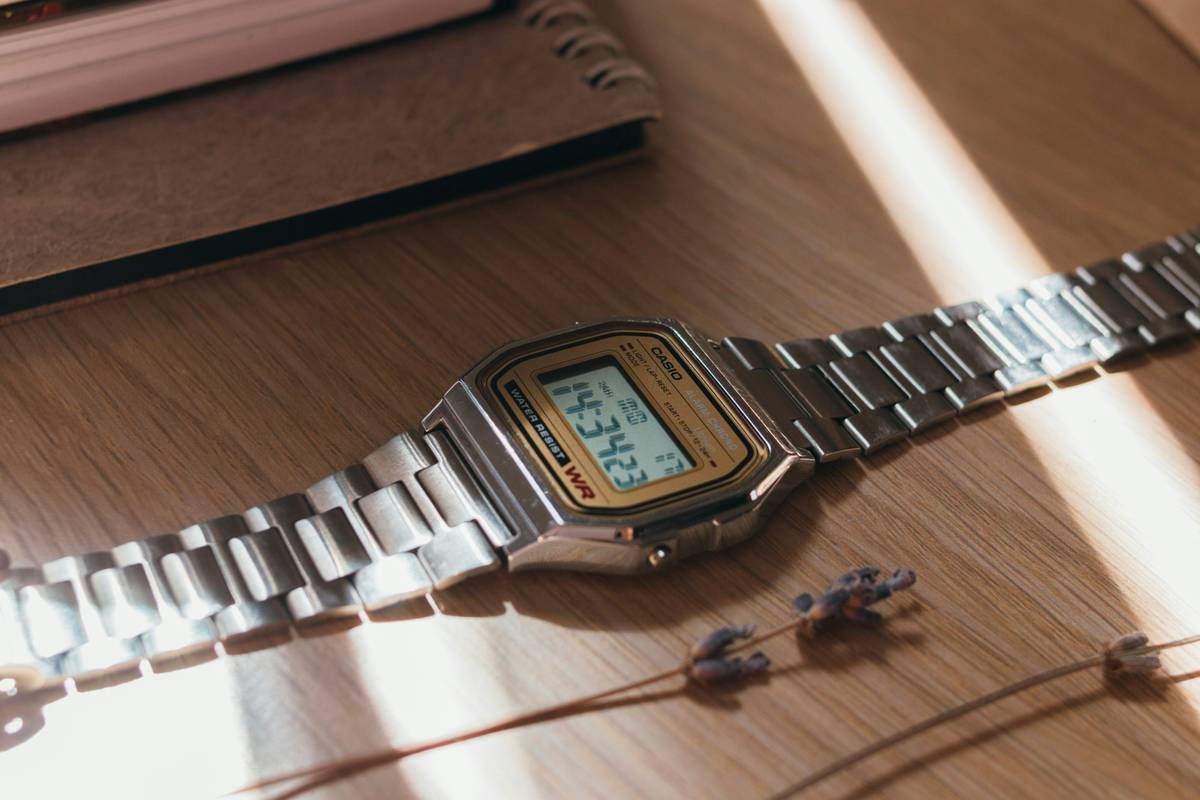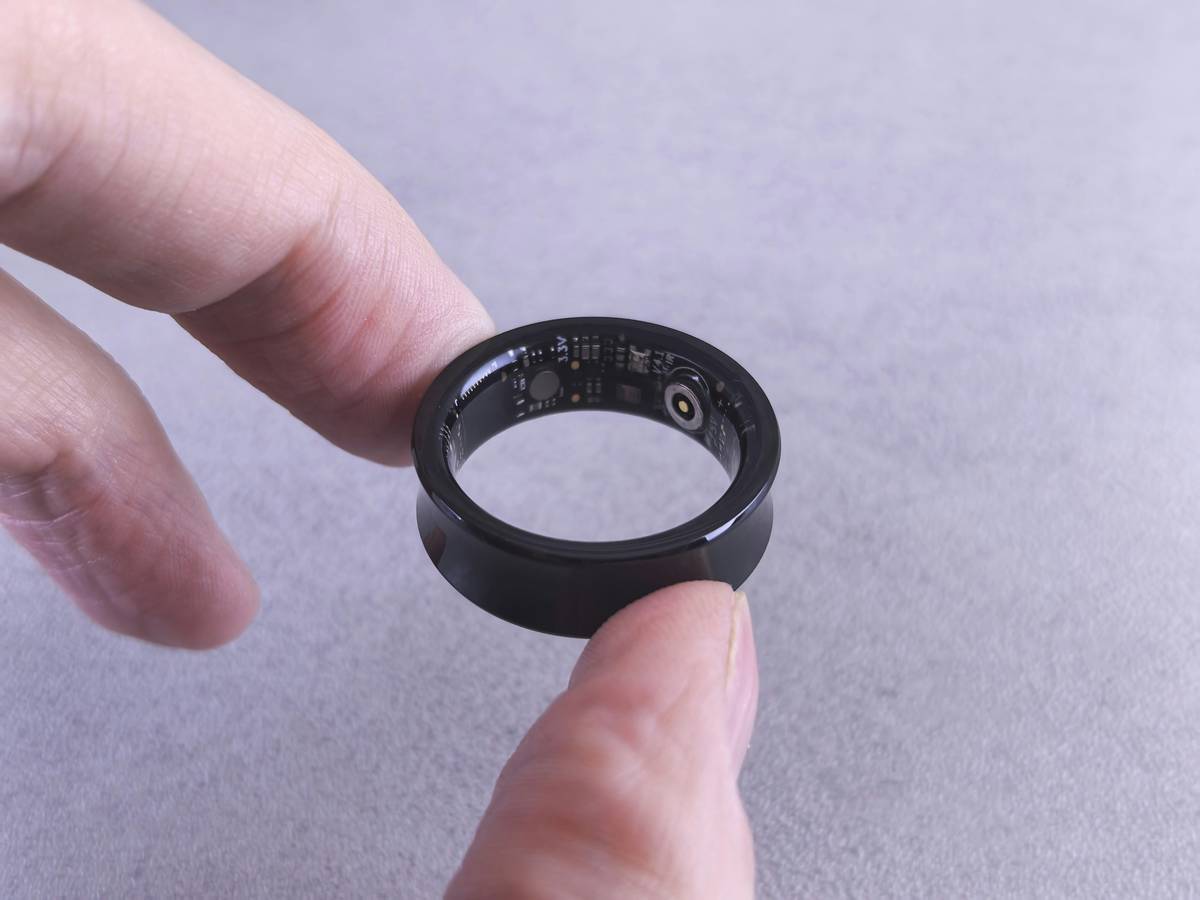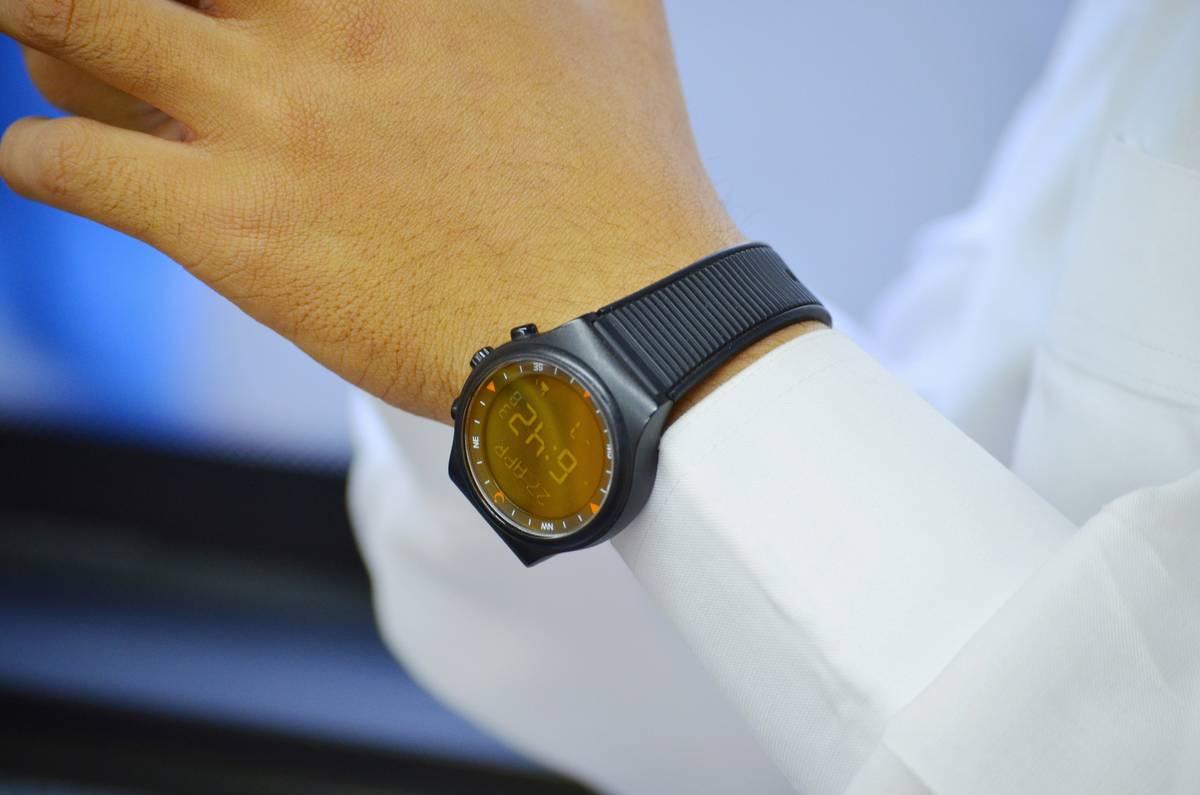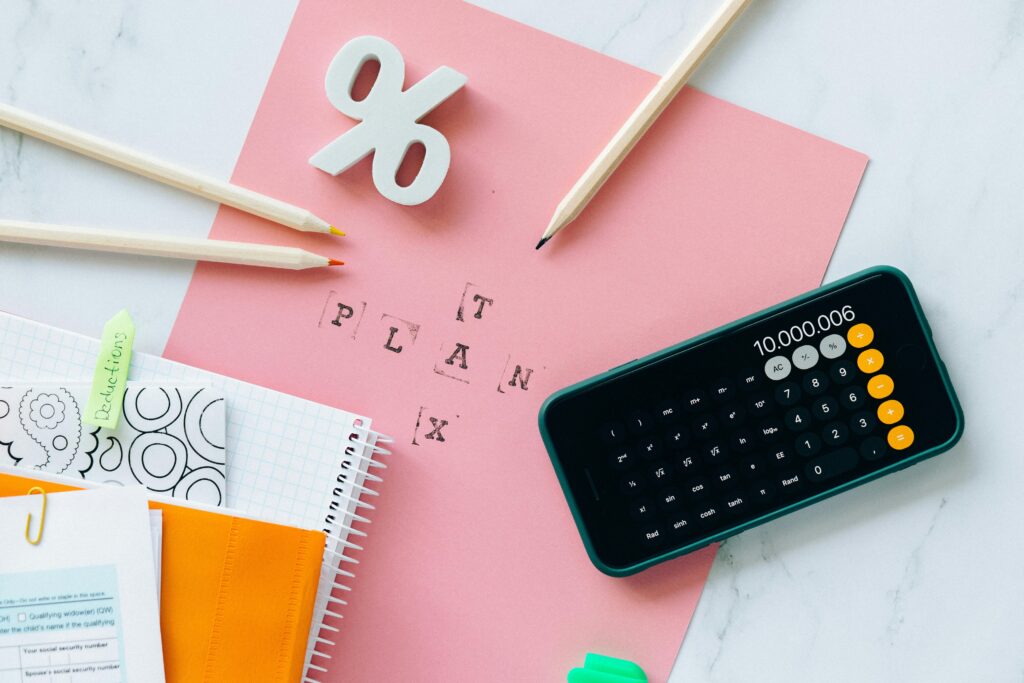Ever been stuck in an exam with no calculator in sight, furiously wishing you had one strapped to your wrist? Sounds like something out of a sci-fi movie, right? But believe it or not, the watch calculator—a vintage piece of wearable tech—is making a comeback. Let’s dive deep into how this quirky gadget could save your skin during exams and why it’s worth giving a second glance.
In this post, we’ll explore the resurgence of watch calculators, their pros and cons for exam use, step-by-step guidance on choosing the best model, tips to stay ahead of the curve, real-world examples, FAQs, and more. By the end of this read, you’ll be equipped to rock your next “watch calc exam” scenario.
Table of Contents
- Why Watch Calculators Are Back in Style
- How to Choose the Perfect Watch Calculator
- Top Tips for Using Watch Calculators During Exams
- Real-Life Success Stories with Watch Calcs
- Frequently Asked Questions About Watch Calc Exams
Key Takeaways
- Watch calculators are retro yet functional tools gaining traction among modern students.
- Selecting the right watch calc requires understanding its features and compatibility with exam rules.
- Best practices include mastering shortcuts and avoiding overly flashy designs that might attract unwanted attention.
- Success stories highlight how these gadgets can boost efficiency without breaking a sweat.
Why Watch Calculators Are Back in Style

Back in the ’80s, my dad gifted me his old Casio DBC-611 watch calculator. It was clunky, noisy as heck when pressed, and honestly looked like something Marty McFly would wear in Back to the Future. Fast forward to today, and guess what? These glorified wrist-mounted number crunchers are cool again!
I once brought my trusty watch calculator to a math final because I forgot my regular scientific calc at home. Not only did it save me from epic failure, but it also earned me some serious nerd cred with classmates. That said, there’s a reason they fell out of favor—the buttons were often tiny torture devices meant for ant-sized fingers.
However, times have changed. With sleeker designs and smarter functionality, newer models blend seamlessly into our tech-savvy lives while keeping that nostalgic charm alive.
Optimist You: “This could totally work!”
Grumpy You: “But good luck pressing those microscopic buttons under stress.”
How to Choose the Perfect Watch Calculator

Step 1: Check Exam Regulations
Before anything else, ensure your target exam allows watch calculators. Some institutions prohibit smartwatches altogether, which may extend to hybrid gadgets like watch calcs.
Step 2: Prioritize Button Size and Usability
Tiny buttons = instant frustration. Opt for models where digits aren’t squeezed onto impossibly small keys. Test usability before purchase—you don’t want to fumble through equations mid-exam.
Step 3: Battery Life Matters
Imagine sitting down for a three-hour calculus marathon only to find your device conks out halfway. Pick models known for long battery life or easily replaceable batteries.
Step 4: Go For Simplicity Over Flashiness
Sure, flashy LED displays look snazzy, but subtlety is key here. A discreet design helps avoid drawing unnecessary attention from invigilators or peers.
Top Tips for Using Watch Calculators During Exams
- Practice Makes Perfect: Familiarize yourself with your watch calculator weeks ahead of time. This isn’t just about knowing where the buttons are—it’s muscle memory.
- Keep Backup Plans Handy: Don’t rely solely on your wrist wizardry; always carry a backup calculator or pen-and-paper methods.
- Avoid Cheesy Designs: Stay away from models screaming “LOOK AT ME.” Stick to matte finishes and neutral colors.
Zen Out Under Pressure: If you’re prone to sweaty palms during tests, invest in waterproof options to prevent malfunctions.
Rant Time!
Why do all watch calculators insist on making button presses sound like a popcorn machine exploding?? Seriously, who thought THAT noise would ever be acceptable?
Real-Life Success Stories with Watch Calcs

Meet Sarah, a college sophomore majoring in engineering. She swears by her Citizen W760-5241 model. “It saved me twice already,” she shares. “One time, I accidentally left my graphing calc behind. Thanks to this little gem, I still managed an A-minus.”
Then there’s Jake, a high school senior who stumbled upon a bargain-bin Casio relic. “At first, I laughed at its chunky appearance,” he admits. “But during finals week, it became my secret weapon. Nobody suspected anything since it looked so outdated!”
Frequently Asked Questions About Watch Calc Exams
Q: Are watch calculators allowed in standardized tests?
A: Rules vary. Always check specific guidelines provided by test organizers. While AP exams ban them, certain university-level courses permit basic functionality devices.
Q: Do modern versions connect to smartphones?
A: Nope! True watch calculators remain standalone tools. Avoid Bluetooth-integrated models if aiming strictly for exam purposes.
Q: What’s a terrible tip for buying a watch calculator?
A: Choosing based solely on aesthetics without testing practicality first. Trust me, a pretty face won’t help much when you’re struggling to punch numbers correctly.
Conclusion
From forgotten relics of the past to unexpected heroes of modern-day exams, watch calculators deserve another moment in the spotlight. Whether you’re looking for nostalgia or utility, these devices pack a surprising punch. Remember, though—success hinges on preparation, discretion, and a dash of humor.
Like a Tamagotchi, your watch calculator needs daily care. Treat it right, and it’ll repay you tenfold come exam season.
Haiku Intermission:
Buttons whisper soft, Numbers dance beneath my thumb— Victory gleams near.


